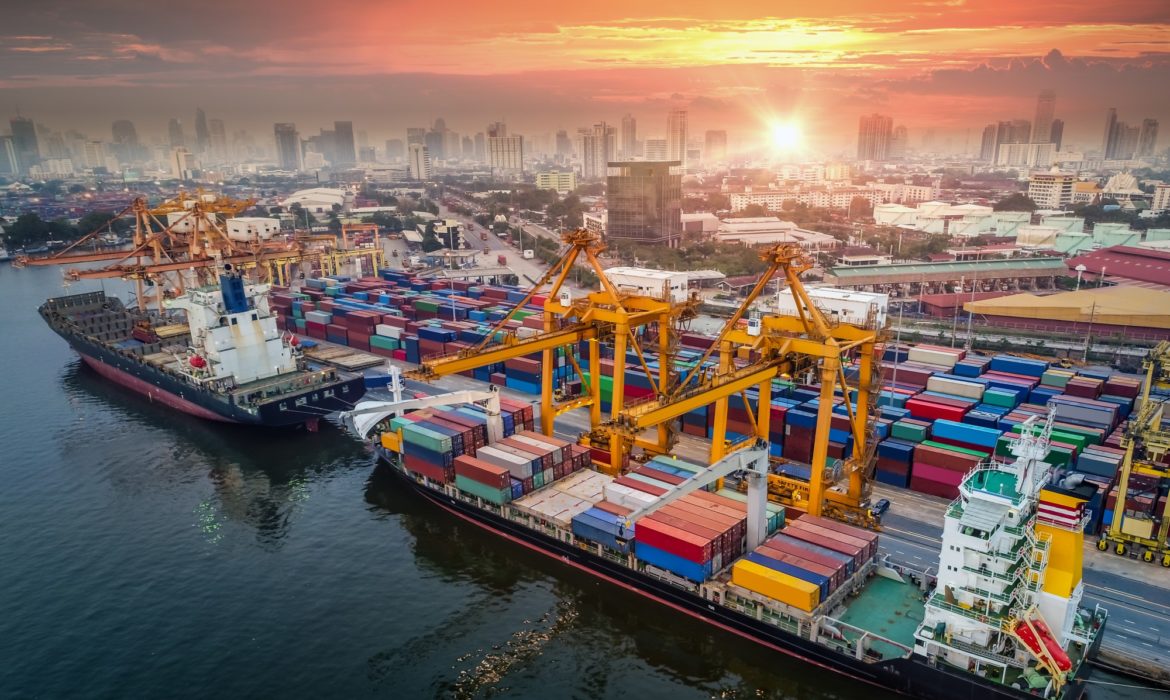The nation’s largest container port on the East Coast, the Port of New York and New Jersey, recently disclosed trade data. The info letter shows a minor increase in container processing with a continued decline in future ocean freight orders.
The Port of New York and New Jersey handled 574,452 TEUs (20-foot equivalent units) in the month of March. That way, it became the third busiest port in the US. However, in March, the Port of New York/New Jersey processed 48,781 fewer TEUs than the Port of Los Angeles. For the month, the Los Angeles Port processed the most containers.
The Port of New York and New Jersey transported approximately 1.8 million TEUs in the first three months of 2023. The port ranked as the second busiest port in the country after the Port of Los Angeles.
A freight slowdown in the data activity for months
In the supply chain assessment, CNBC recently examined inventory and warehouse space. According to the research, truck movements into and out of warehouses decreased. This portends reduced freight traffic by truck and rail and a 40% drop in manufacturing orders.
The trucking company JB Hunt president Shelley Simpson revealed the first-quarter analyses at the conference call. She stated that the industry was experiencing a “freight recession.”
The data from FreightWaves SONAR shows the sector’s deterioration. Current maritime freight orders arriving at all ports in the United States from all around the world are half what they were one year ago. Less freight entering the country causes a drop in both the trains and the roadways.
The COVID reopening has improved China’s manufacturing data recently. However, Peter Boockvar, chief investment officer of Bleakley Financial Group, believes the overall trade data aligns with indicators of a recession in the economy.
Boockvar said that the public sees the contractions in the global manufacturing PMI. Besides, he added that it correlates with less spending on goods and the need to work down excess inventories.
Consumers continue to spend money on experiences like dining out, leisure activities, and travel. Nonetheless, when it comes to purchases of things, there is a greater emphasis on non-discretionary goods than on discretionary ones. Less material is created and hence transferred as a result, he claimed.
















